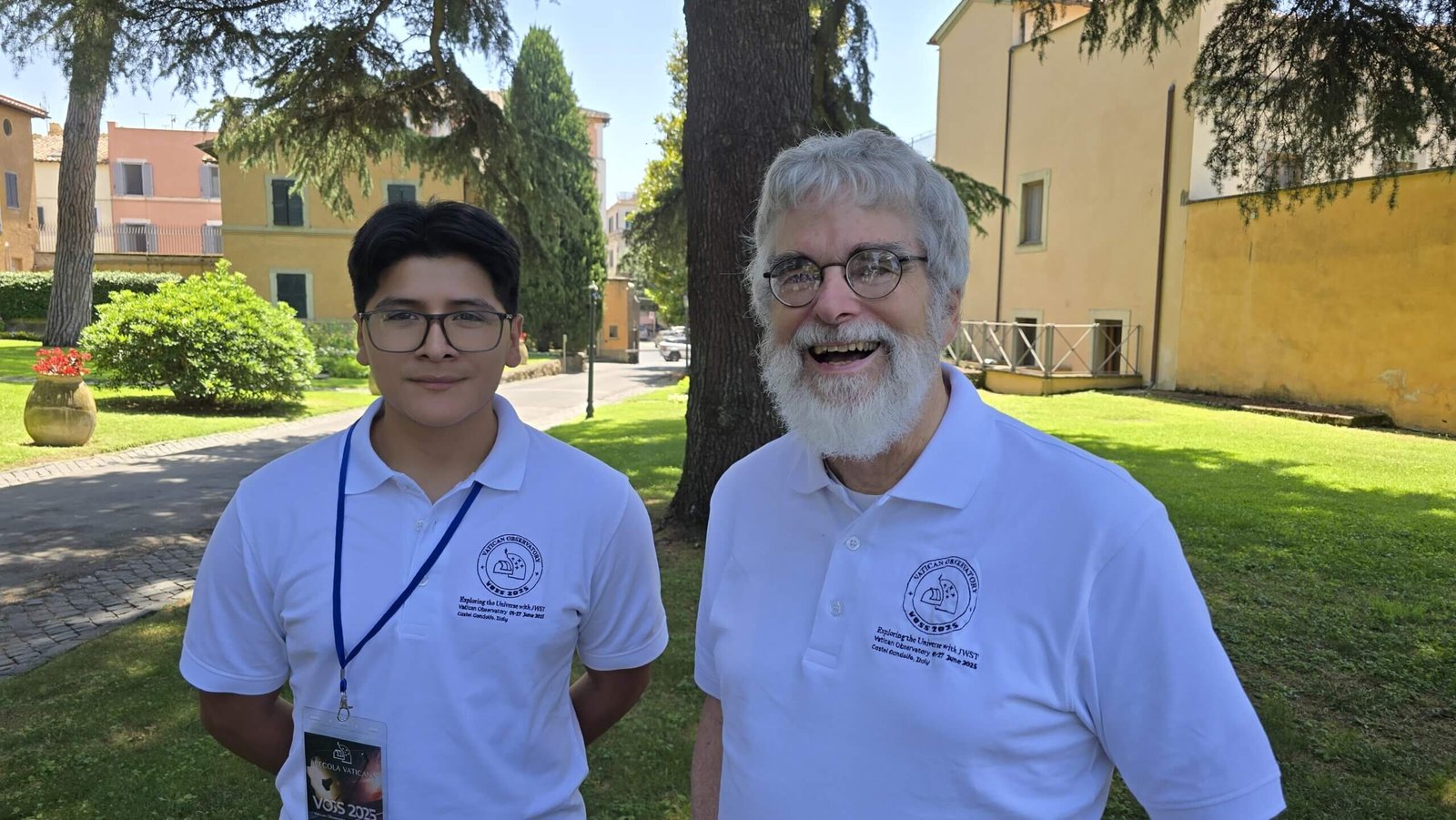Lima, Peru – Renzo Trujillo Díaz, a 23-year-old from Áncash, had an unforgettable experience when he was selected to participate in the summer school of the Vatican Observatory- one of the oldest scientific institutions in the world, dedicated to astronomical research.
This opportunity was not only a milestone in his training as a physicist specializing in astronomy, but also a reminder of the many challenges Peru faces in terms of scientific development.
“I’ve always been fascinated by science since I was a child,” Renzo shared with Peru Reports. However, he noted that his home country’s educational system didn’t support his interest.
“At the national school where I studied, the problem was that science topics weren’t fully covered. One year they teach you biology, another year physics, and another chemistry. That’s not enough.”
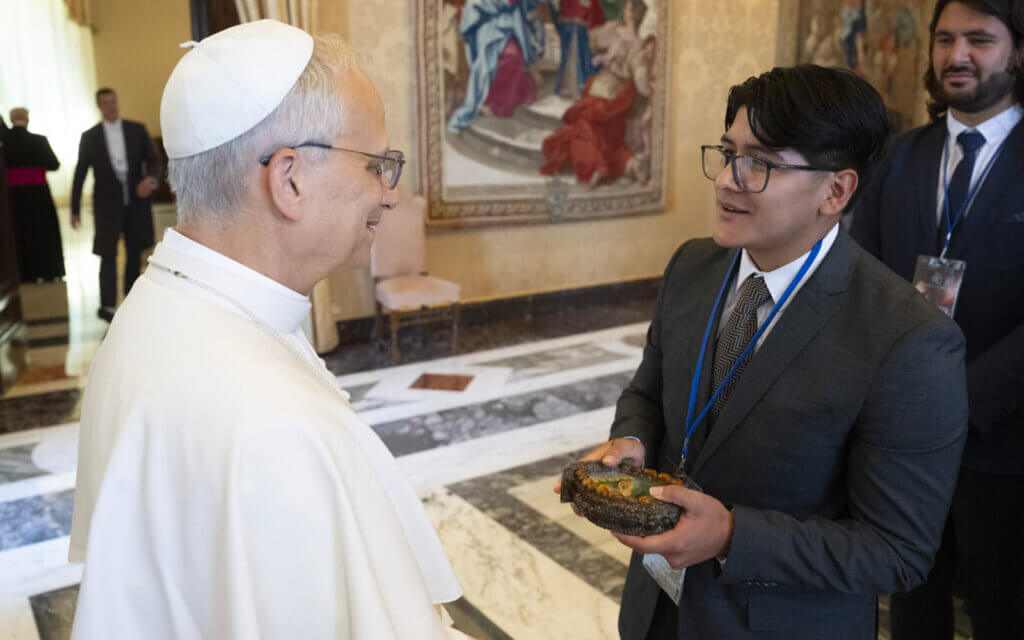
Renzo’s story reveals a structural deficiency: there is no specific undergraduate astronomy program in Peru. “There wasn’t an astronomy degree- and in fact, there still isn’t one in Peru,” he said. For this, he chose to study Physics at the National University of San Marcos, and later pursued a specialization in astronomy.
“There are very few centers in Peru dedicated solely to astronomical research. There’s the Geophysical Institute of Peru (IGP) and the Moquegua Regional Observatory, but beyond that, there’s not much else,” he lamented.
These challenges are not isolated. According to official data from the National Registry of Science, Technology and Technological Innovation (RENACYT), Peru only has 11,973 researchers as of June 30, 2025- equivalent to just 319 researchers per one million inhabitants, far behind countries like Brazil (1,000) or South Korea (over 9,000).
Although the number of Peruvian scientific populations indexed in peer-reviewed database Scopus grew from 1,594 to 9,391 between 2013 and 2022- a notable increase that raised the country’s share in the region from 1% to 5%- Peru still lags behind.
For Renzo, participating in the Vatican Observatory summer school, which brought together students from 21 countries, was a transformative experience. The four-week course focused on evaluating the data sent by the James Webb Space Telescope (JWST), developed by NASA in collaboration with the European Space Agency (ESA) and the Canadian Space Agency (CSA), and launched into space in 2021.
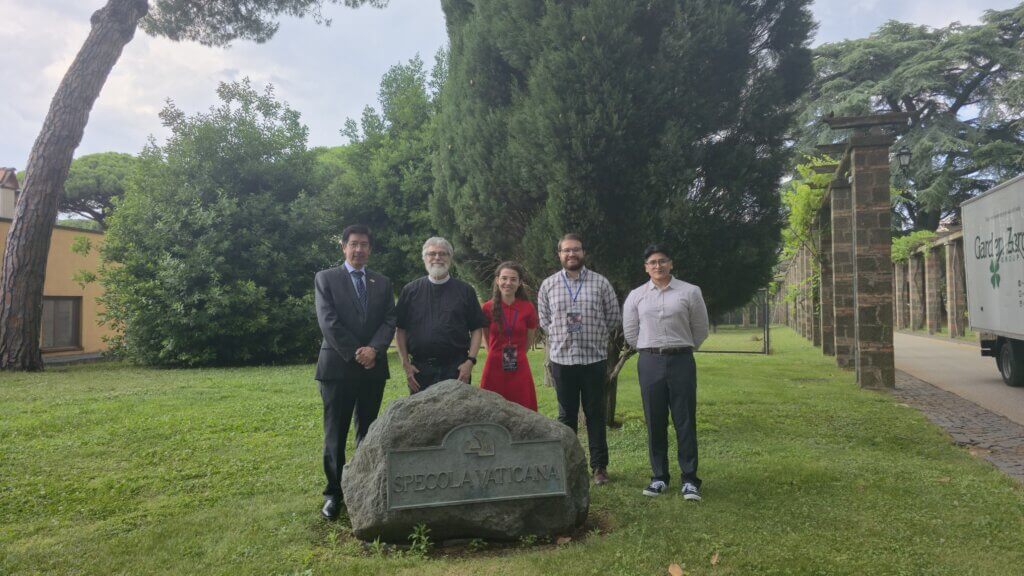
This telescope, often described as a kind of “time machine,” allows scientists to capture light from the first galaxies formed after the Big Bang, during the so-called cosmic dawn. Thanks to these images, researchers can study the evolution of galaxies and black holes in unprecedented detail.
“It was amazing. Just as we were discussing distant galaxies, a new study came out about an even more distant galaxy. It felt like living science in real time.”
The 23-year-old particularly valued learning about exoplanets, a topic that will shape his academic future. He is currently conducting research on high-resolution stellar spectroscopy, analyzing the light of Sun-like stars.
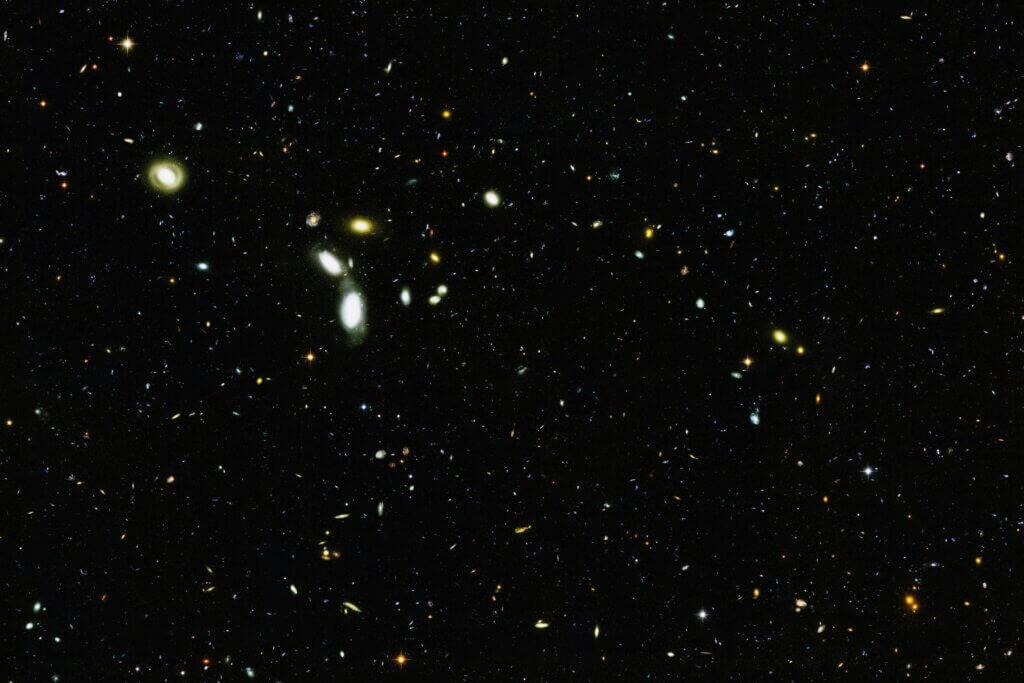
“We study parameters like age, metallicity, and temperature to better understand stellar evolution and, by extension, our own Sun.”
But beyond his passion for research, Renzo holds a firm conviction: science must reach the children and youth of Peru. “Even if I end up working abroad, I’d like to support science outreach projects in remote communities. In many areas, science- and especially astronomy- is virtually unknown.”
“Science communication is extremely important. If no one tells you that things like exoplanets or the expansion of the universe exist, how are you going to get interested?”
A 2024 national survey by Concytec and the World Bank revealed that only 1 in 10 Peruvians show high interest in science and technology, and 6 in 10 feel poorly or not at all informed. About 50% of the population does not participate in science outreach activities or visit museums, and territorial disparities also limit access to scientific infrastructure in many regions.
Nevertheless, there are signs of hope: 60% of Peruvians support increasing the research budget, even if it means reducing resources in other areas.
“I’ve always believed that science should serve the common good. It’s not just about publishing papers- it’s about contributing to society through your work,” noted Renzo.
“Cooperation is key in science. What one researcher discovers can help another achieve something bigger. Every time I learn something new, I think about how I can explain it to others,” he further said.
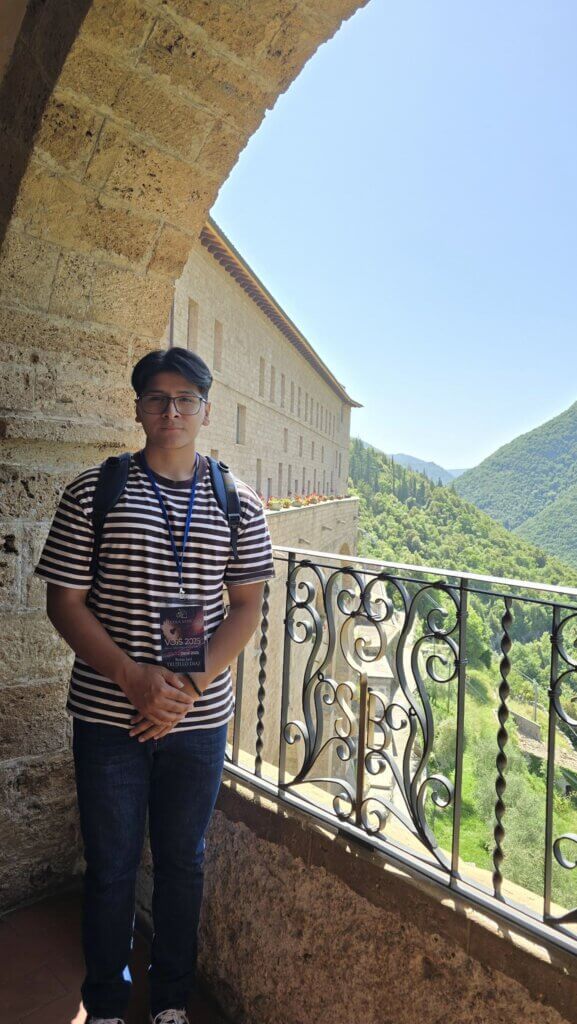
Although the country has made progress in scientific output, institutional strengthening through Concytec, and school programs like science clubs and Eureka fairs, sustainable funding, public policies, and real support for scientific careers are urgently needed to prevent brain drain.
Renzo’s story is inspiring, but it’s also a wake-up call. Peru needs more than individual talent: it requires an educational policy that promotes science from early childhood, specialized programs like astronomy and effective science outreach initiatives.
As Renzo aptly puts it: “Everything we research isn’t just for ourselves—it’s for the common good.”

